[Updated April, 2021] The double edge razor and the “Injector” style razor have been competitors for many years. And the (comparatively) recent addition of razors that take barber “shaper” blades have muddied the waters a little more. Here is an overview of the similarities and differences of these razors.
A Brief History Lesson
Both double edge and Injector razors have a long and storied history. Gillette was known mainly for the double edge razor and Schick was known mainly for the Injector razor–though both companies had “crossover” products.
To be sure, other companies had their own razor designs over the years. But for the purpose of this article I’m going to concentrate on the two major players.
The Double Edge Razor
From Wikipedia:
“In 1901, the American inventor King Camp Gillette, with the assistance of William Nickerson, submitted a patent of a new variation of safety razor with disposable blades which was patented in 1904. One reason was that shaving with a safety razor should be safer and more convenient than shaving with a classic straight razor with a sharp blade. The thick grip of these safety razors can be reused. Gillette realized that a profit could be made by selling an inexpensive razor with disposable blades. This has been called the razor and blades business model, and has become a very common practice for a wide variety of products.”
The Injector Razor
Copy of vintage Schick “Type O” Injector raazor
From Wikipedia:
“A second popular single-edge design is the “Injector” razor developed and placed on the market by Schick Razors in the 1920s. This uses narrow blades stored in an injector device with which they are inserted directly into the razor, so that the user never needs to handle the blade. The injector blade was the first to depart from the rectangular dimensions shared by the wedge, standard single-edge, and double-edge blades. The injector, itself, was also the first device intended to reduce the risk of injury from handling blades. The Gillette blade dispenser released in 1947 had the same purpose. The narrow injector blade, as well as the form of the injector razor, also strongly influenced the corresponding details of the subsequently developed cartridge razors. Both injector blades and injector safety razors are still available on the market, from antique stock as well as modern manufacture. The injector blades have also inspired a variety of specialised [sic] blades for professional barber use, some of which have been re-adopted for shaving by modern designs.”
Comparing The Razors
Double Edge left vs. Injector (Supply) right
Let’s first look at the handles and heads of these razors. I’m going to look at new (vs. vintage–and vintage examples can be readily found on internet auction sites) products for comparison but general design and engineering considerations will be very similar.
Note: Amazon and Supply links are affiliate.
While there are many double edge razors available today, there are substantially fewer Injector-type razors. In fact, I only know of three “new” Injector-style razors: this design (with unfortunately spotty quality control), available from Amazon and a few other retailers, the Parker Adjustable Injector, and the Supply Single Edge razor. For more in-depth information check out Sharpologist’s review of the Parker Adjustable Injector and the Supply Single Edge Razor.
Double Edge Razor Handle And Head
Although there are a number of variations (open comb, slant, adjustable) the basic design of a double edge razor is a handle attached to a symmetrical head exposing two blade edges, each on opposite sides.
This allows the shaver to simply flip the razor head over to expose another blade edge, reducing rinsing time and thus shaving time.
Unlike modern cartridge razors where the blade(s) are set to a specific angle, the blade angle of a double edge razor must be held “manually” by the shaver (usually about 30 degrees). Some double edge razors “bow” the blade while others keep a 90 degree separation between blade and handle. The razor’s handle must be held outward to maintain the blade angle depending on where the blade is (cheek vs. neck, for example).
Note the angle at which I hold the razor.
There are several design variations of the razor head (three piece, two piece, and one piece “twist to open”–TTO). Loading and changing blades on a double edge razor head is usually a manual operation, though the TTO design offers the ability to load a blade in a “hands off” manner if the blade is extracted from a dispensing magazine (a method that began in the 1950’s):
However this loading method is uncommon.
Injector Razor Handle And Head
Injector razor handles and heads will look much more familiar to the shaver who has been using a modern razor and blade cartridge. Because there is only a blade edge on one side, the handle and head do not have to be symmetrical. This allows for a much more “natural” grip to get that blade angle comfortably and more correctly.
Note the different holding angle compared to a double edge razor.
Loading and changing Injector blades into the head has always been a “hands off” operation, by design. Blades are loaded from a magazine, with a magazine “key” that is inserted into the razor head:
The Blades
Just as the razor handles and heads are different between double edge and Injector razors, so are their blades.
The Double Edge Razor Blade
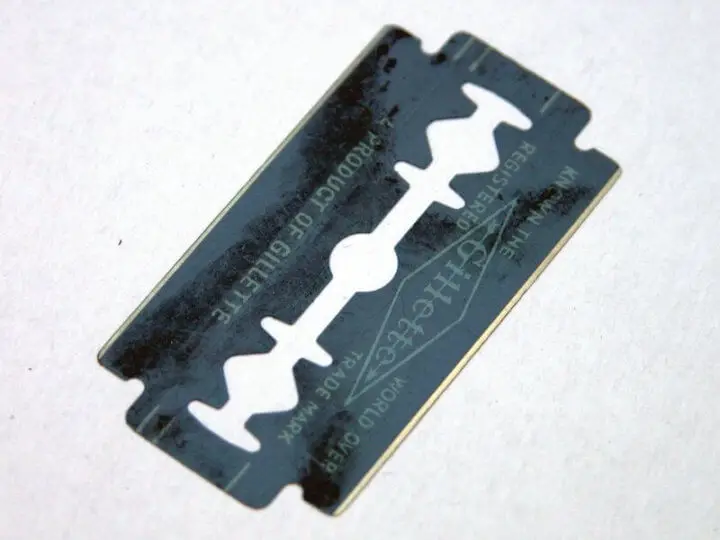
The double edge razor blade may be one of the most recognizable consumer products of the last hundred years. There have been some modifications to the design over the years, including making the blade thinner and adding non-stick coatings to the blade edge, but it remains largely unchanged.
That does not mean all double edge razor blade brands are identical, though. There is a variety of metallurgy, coating, and sharpening specifications–though all are compatible with any double edge razor.
The Injector Razor Blade
Like the double edge blade, the Injector blade has gone through a few minor modifications over the years, mainly in metallurgy and coating. However there are far fewer manufacturers producing Injector razors: as of this writing there is one facility in China and another facility in the U.S. (there is a rumor of a new production line from Japan coming in 2021 but I don’t have any other information on that yet). This means that while quality control may remain more consistent there will be fewer variations to “tailor” a blade edge to an individual shaver, as compared to a double edge blade.
Old stock and vintage examples of Injector blades can also be found on auction sites like eBay (including Injector blades made by Gillette!).
The “Shaper” or “Artist Club” Variant
“Shaper” blade (top) vs. Injector blade (bottom).
A relatively recent variant of the Injector-style razor and blade is a slightly longer blade. Sometimes called “shaper” or “artist club” blade (after the Feather Artist Club model popular with barbers). These blades can fit into an Injector razor if they are cut down on the sides. There are also a few artisan-made razors that use these blades specifically.
General Performance Comparisons
Generally-speaking, the shave performance between double edge and Injector razors are few but noticeable. The Injector blade is thicker and more stable: some shavers say it works better than a double edge blade for thick stubble. Many experience a longer blade life with Injector blades.
On the other hand there is much more choice in both handle design and blade availability with double edge razors.
Bear in mind that design details and build quality will play a part in the performance of any razor.
Conclusion
Double edge and Injector razors are both “classic” razor designs that can offer the shaver excellent performance characteristics. Like many other consumer products, the choice may come down to personal preference.

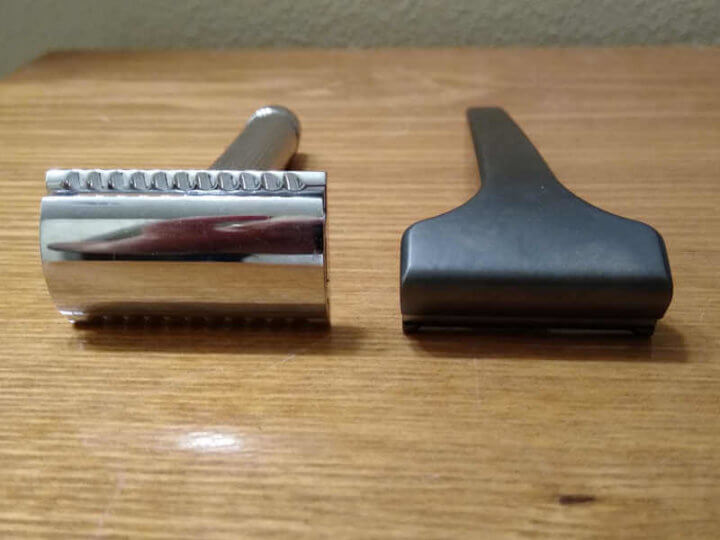
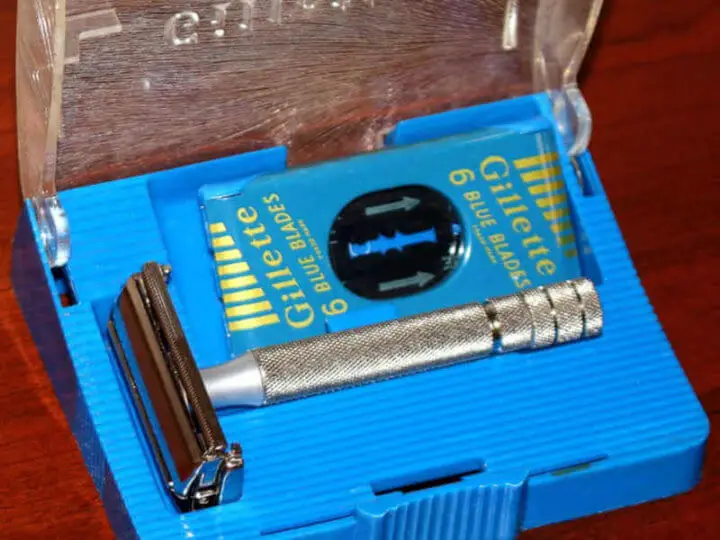
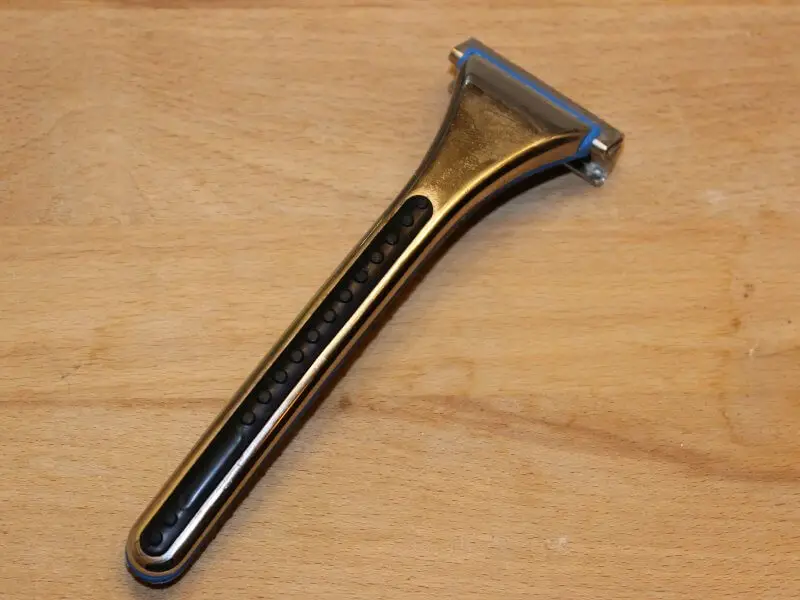
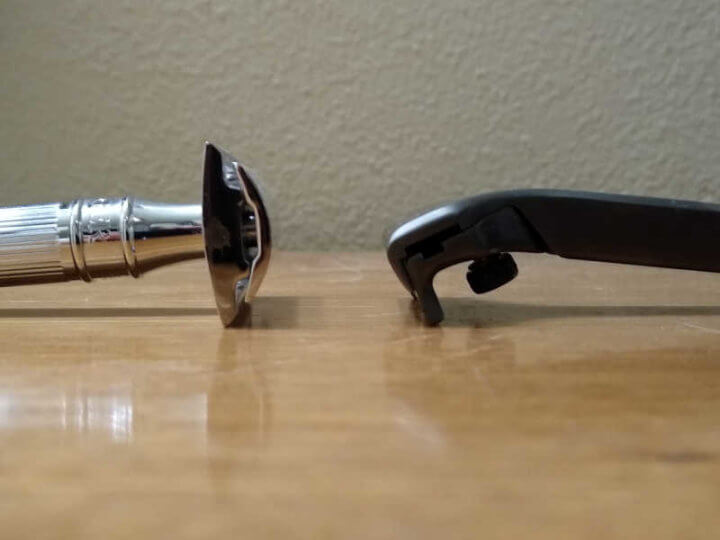
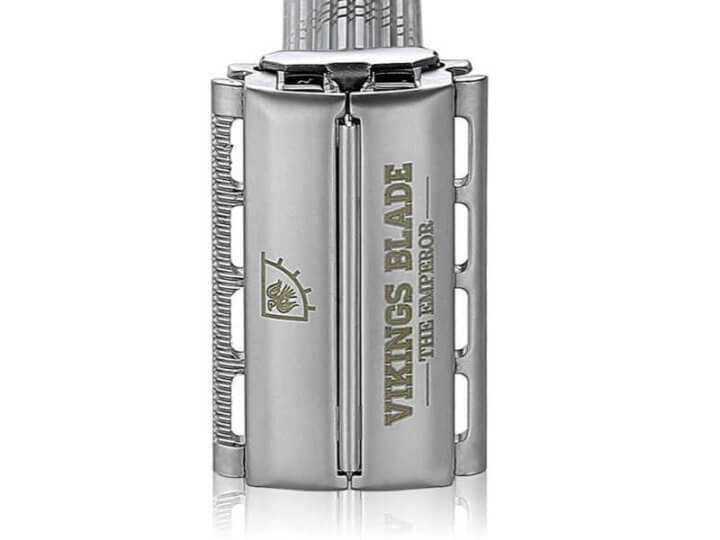
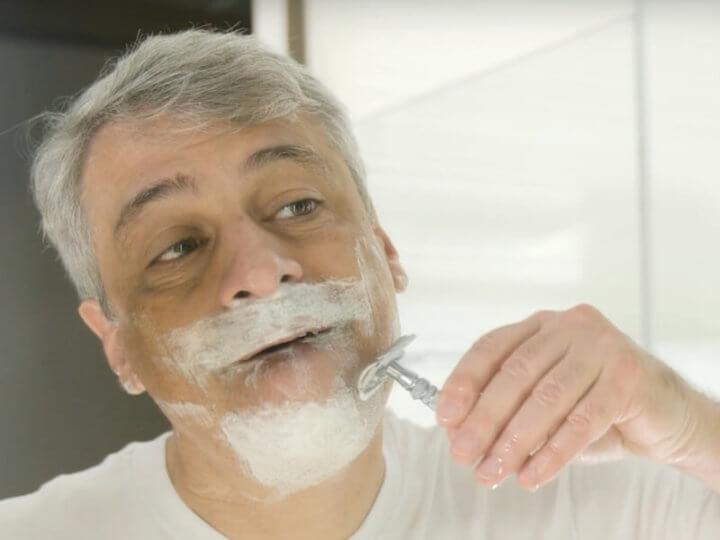
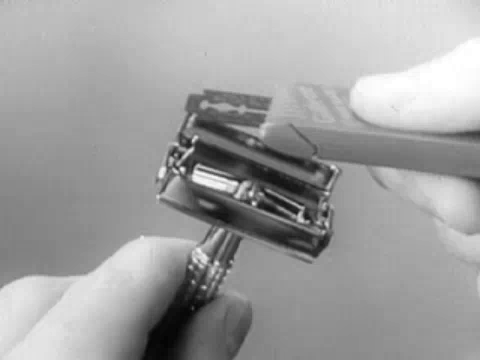
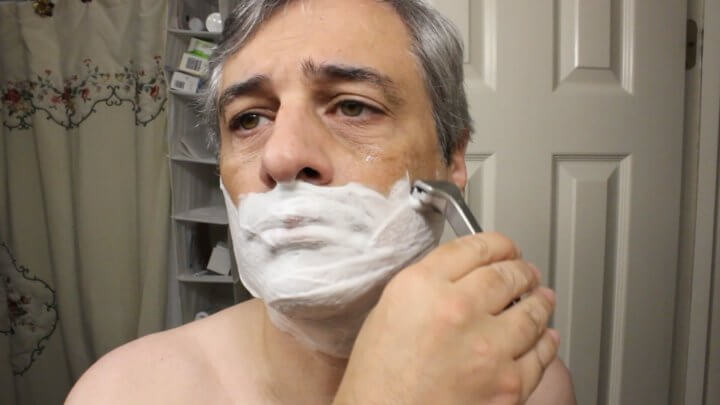
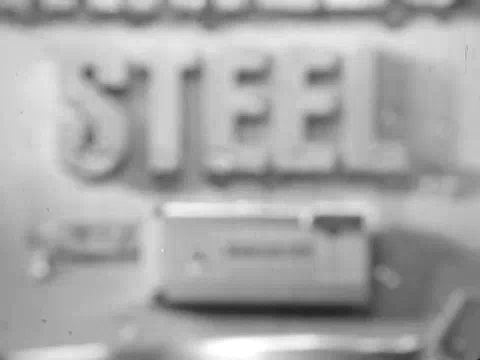
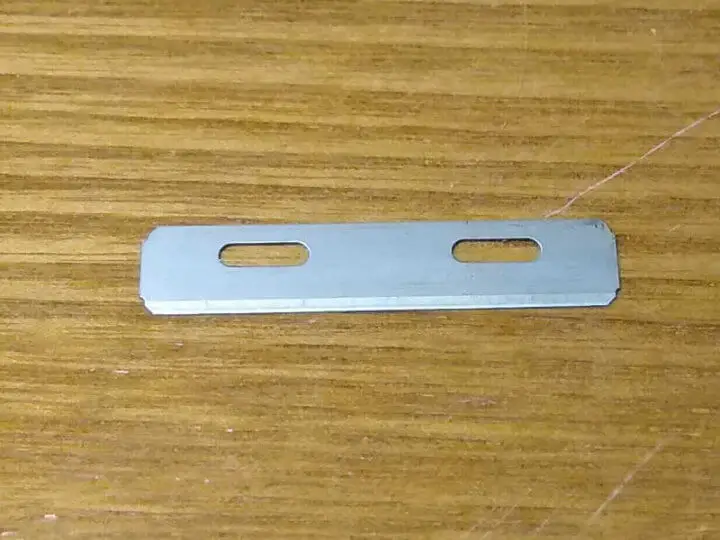

I have an SE Schick injector in my travel kit. (Neglected now due to coronatide but that’s another story). These make great travel razors IMHO; you can get a DFS shave easily, the blades last forever (compared to a DE) and the replacement blade dispenser also has a handy place to dispose of your old blades if you have any.
Very informative article but you gotta find a better looking model for the shaving shots.
Yeah, I’ll work on getting a better-looking spokesperson. 😉
You don’t need to 🙂
Oh come on, not nice, although funny 😛
Comments are closed.